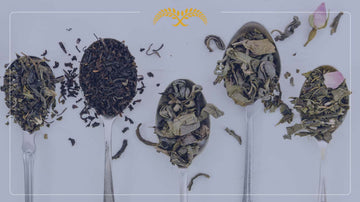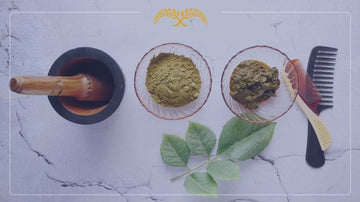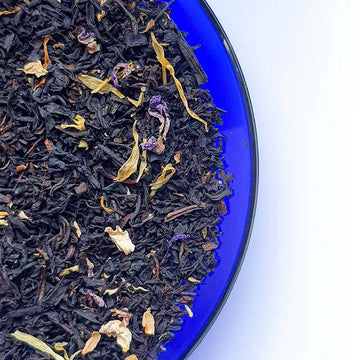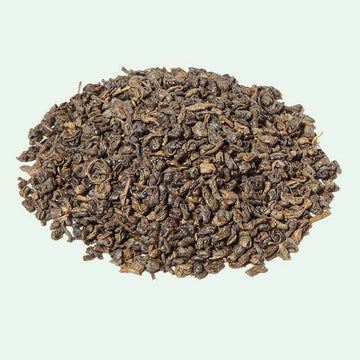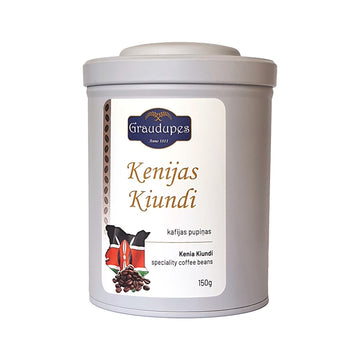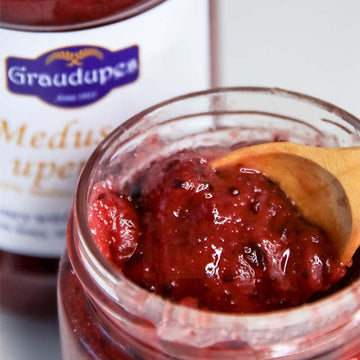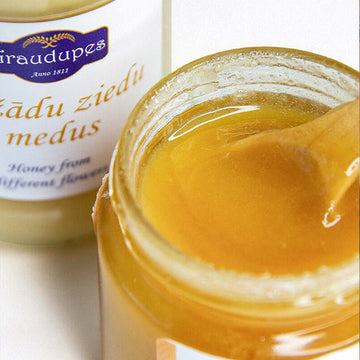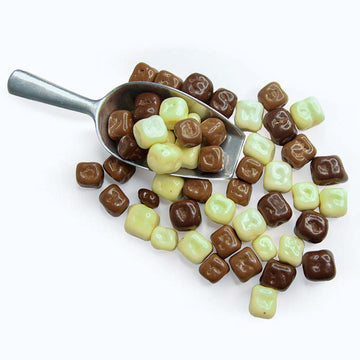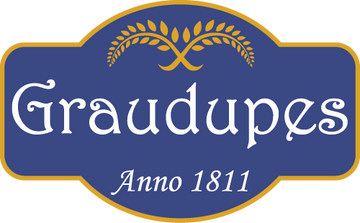Dive into the captivating universe of tea blends, where traditional teas meet diverse ingredients to create aromatic symphonies. From ancient rituals to modern-day innovations, blending teas merged and palettes evolved, so did the art of combining teas, creating a variety of tea blends enjoyed globally. Each blend tells not just a story of flavors but also of regions, traditions, and innovations. Join us as we explore the intriguing journey of how simple tea leaves transcend into mesmerizing tea blends that enchant connoisseurs and casual drinkers alike.

History of Tea Blends
The journey of tea blends begins in ancient civilizations, where tea was more than a beverage—it was a ritual, a symbol of status, and even a currency. The Silk Road played an instrumental role, as merchants intermingled teas with spices from the East, crafting early versions of today's beloved blends. As global exploration expanded, so did the world of tea blends. European colonizers, smitten by the charm of teas from the Orient, began their own experiments. The result? Classics like the Earl Grey, a blend steeped in lore, politics, and the fusion of cultures. Meanwhile, local traditions like India's spiced Chai emerged, capturing the essence of regions in aromatic cups. From being exclusives of royal courts to becoming everyday staples, tea blends have evolved, narrating tales of eras gone by and exemplifying the timeless allure of combined flavors and aromas.
Types of Teas Commonly Used in Blends:
In the expansive world of tea blends, the foundational element remains the type of tea used. These base teas dictate the character and richness of the blend.
- Black Tea: This is the powerhouse among teas. With its robust and full-bodied flavor, black tea often forms the heart of many beloved tea blends. Think of the vigor in an English Breakfast or the strong base in a spiced Chai. Originating from regions like Assam or Darjeeling in India, and the highlands of Ceylon, this tea provides depth to blends.
- Green Tea: Graceful and gentle, green tea lends a fresh, grassy note to blends. Whether it's the popular Moroccan Mint or a Jasmine-infused blend, green tea's delicate touch enhances and uplifts the accompanying flavors.
- White Tea: The most subtle among its peers, white tea, with its sweet and mellow undertones, is often blended with soft floral notes, like rose or peach blossoms. Its lightness complements ingredients that don't overpower but accentuate.
- Oolong Tea: Sitting between black and green tea, Oolong offers a diverse palette. From the light and floral to the dark and roasted, its versatility shines in blends, making them unique and layered.
Delving into tea blends means recognizing these primary teas, as they lay the groundwork upon which blending masterpieces are crafted.

Popular Tea Blends and Their Components:
The world of tea blends is as diverse as it is delightful. Every blend is a testament to creativity, tradition, and innovation. Let's embark on a journey through some of the most iconic tea blends and understand what makes each of them special.
- English Breakfast: A classic among tea blends, English Breakfast is the very definition of strength and character. This robust blend primarily pulls from the malty depths of Assam, the bright briskness of Ceylon, and sometimes the African teas. Designed to pair perfectly with milk and even a slice of lemon, it's the morning wake-up call for many around the globe.
- Earl Grey: Elegant and timeless, Earl Grey owes its distinct flavor to the citrusy notes of bergamot. While it's traditionally blended with black tea, variants using green, Oolong and even Rooibos, are not uncommon today. Its origins are steeped in lore, with tales suggesting it was named after a British Prime Minister in the 19th century.
- Chai: A blend that captures the spirit of the Indian subcontinent. Chai is not just a tea but a cultural experience. Black tea forms its base, but it's the symphony of spices - cinnamon, cardamom, cloves, ginger, and black pepper - that sets it apart. Traditionally simmered with milk and sweetened, it’s a warm embrace in a cup.
- Moroccan Mint: A refreshing blend that transports you to the bustling bazaars of Marrakech. Predominantly a green tea blend, its crisp notes are accentuated with the refreshing essence of mint. Often sweetened, this tea is a testament to the age-old connection between the Orient and the Mediterranean.
- Chamomile Lavender: Moving away from traditional teas, this blend predominantly features herbs. The soothing properties of chamomile unite with the calming essence of lavender, offering a serene retreat, perfect for nighttime.
Diving into these tea blends unveils stories, traditions, and a world of flavors waiting to be explored in every sip.



